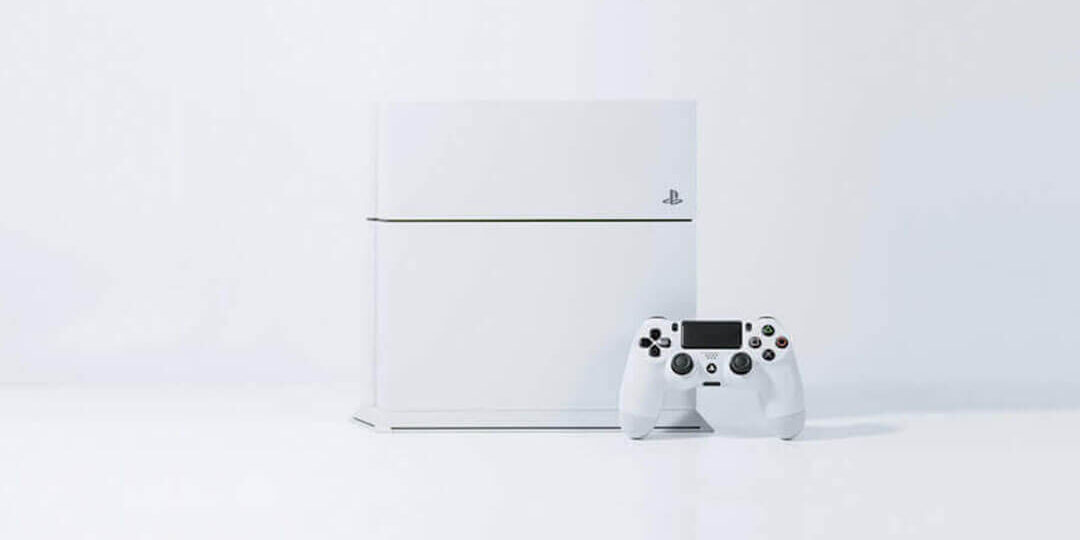Here now are some of the highlights from the Spring 2023 Stack’sBowers auctions. Let’s get the ball rolling with one of the great mysteries of Early American Numismatics. The Albany church token. Or Albany church penny. The truth is that we don’t really know a lot about these.
Exactly why they were made, how many or when precisely. Church tokens have a rich history in Great Britain, but in the American colonies in he 17’hundreds – it just wasn’t much of a priority. Whether they were intended to raise funds, or used a donatives during Christmas or Easter or even as proof of communion. A lot remains unknown, or more accurately – forgotten, about these coins. Graded here as VF35 by PCGS it sold for $50 400 at auction.
Following the birth of the nation but before the establishment of the US Mint.
A number of states took it upon themselves to start minting smaller denomination copper coins to support the local economy. These included Vermont, New Hampshire, New Jersey, Connecticut and of course – New York. Although the strict legality of some of these is disputed today, but they definitely circulated at the time. Including this New York Excelsior copper coin.
The current specimen graded by PCGS as AU53 with a spectacular provenance. It sold at auction for $144 000. One of the rarest, most under-appreciated and important confederation era American coins, is the 1783 John Chalmers Ring Shilling. Unique in it’s denomination for this era and the first appearance of the interlinked rings design. Pre-dating the Continental dollars and the 1787 Fugio coppers.
Struck in Annapolis when it was the nation’s temporary capitol as the treaty of Paris was being ratified by the founding fathers. Today only five of these coins are known to exist, with this the finest known at a grade of PCGS VF35. It sold at auction for $144 000 When the story of American money is told, often times, whether correctly so or not, the first to be mentioned would be the New England shillings of 1652. Struck in the Massachusetts Bay Colony by John Hull for use in the local economy.
The pragmatic although very simplistic design of these silver coins soon invited fraud or outright forgery, though.
And would soon be replaced with the Willow, Oak and Pine tree coins of later years. This example was graded by PCGS as AU50 and sold here for $156 000. If coins could talk, this piece would have quite the story to tell. Minted in colonial Brazil in 1754, where it likely circulated during the time of the Guarani war.
It found its way to north America during the time of the war of independence.
Where it was regulated by Ephram Brasher, to the 1784 Bank of New York standard weight, using the same punch he used on his famous brasher doubloons. It was featured at the 1914 ANS Exhibition and has since become a landmark collectible. Today graded by PCGS as AU53 it raised $168 000 at public auction. The legend of the SS Central America, or the Ship of Gold as it became known in recent years, was born of tragedy when the side-wheel steamer was dragged 7,200 feet below the surface of the Atlantic Ocean, around 160 miles offshore of Charleston, South Carolina.

After sailing into a hurricane on September12, 1857.
Lost for almost 130 years, until it was recovered from its watery tomb was this 557.58ox gold ingot from Banker and assayer Henry Hentsch. Worth $1029.59 when it sunk. At auction this gold bar was sold for $216 000.
And now for an example of the original “greenback” notes, so called for the green ink used on the reverse of the bill. This 1861 $5, and other notes from the series are known as demand notes. As they could be exchanged at any time for their equivalent in gold. And during the uncertainty of the civil war, many people wisely preferred to have physical gold instead of paper money. So, most of these notes were redeemed and subsequently destroyed.
Finding a high-grade example like this Gem Uncirculated 65 piece from PMG is rare. Going some way to explain the closing price at auction of $408 000. Just five Rosecrans-Nebeker signed 1882 $1000 Gold Certificates are known to have survived. Auction records exist for two, another two are in the Federal Reserve Banks of Chicago (C24675) and San Francisco (C29156) collections and the fifth is missing with it’s whereabouts unknown at this time.
This example is graded by PMG as VF30 and was sold at auction for the sum of $360 000.
Sometimes circumstances just seem to conspire in order to create a rare coin for future generations of collectors to swoon over. The 1886 double eagle is just such a case. The only double eagle to be struck at just one mint. With the records reflecting a 106 proof coins created from a single die marriage and, perhaps more to the point only paltry mintage of 1000 business strike coins. Today only twenty to maybe thirty proof coins for the most forgiving estimates, manage to survive.
This is the single finest known at PCGS with a grade of Proof 67 Deep Cameo. At auction it achieved $468 000. The old American wild west absolutely earned it’s popular sobriquet.
And even though the streets of San Francisco were considerably more tamed than other western territories. The uhmm, shall we say, governmental shortfall is expressed perfectly by the fact that coins like this Kellogg & Company gold double eagle was minted not by the US Mint but by private industry.
And this was not only allowed but actively encouraged until the San Francisco branch mint was able to fill the needs of the local economy to a sufficient degree. This pristine specimen was graded by PCGS as MS65 and saw a closing price at auction for $552 000. The obverse legend on the 1792 flowing hair large cent reads: “Liberty, Parent of Science and Industry”.
And perhaps no coin, certainly of this era, represents this enterprising spirit more than the 1792 Silver Center cent. This coin was an attempt to circumvent the unrealistic weight requirements set forth by congress for the county’s first copper coins.
By adding a small silver plug in the center of the coin worth three quarters of a cent, and only leaving a quarter cent of copper they could reduce the size of the coin to something more manageable for everyday commerce. No more than 14 examples can be traced today, including damaged and repaired examples. The current coin is the Morris specimen graded by PCGS as MS61 Brown and was sold at auction for $576 000. Subscribe to WNN and feel free to check out another video about rare US coins sold at auction next! For the World Numismatic News, I am Nisiman saying thank you for watching.
Keep collecting and have a fantastic day!
https://allsolutionsnetwork.com/cgi-bin/d2.cgi/JA72661/moremoney2.htm
Discover more from Making Money Is Easy
Subscribe to get the latest posts sent to your email.




































